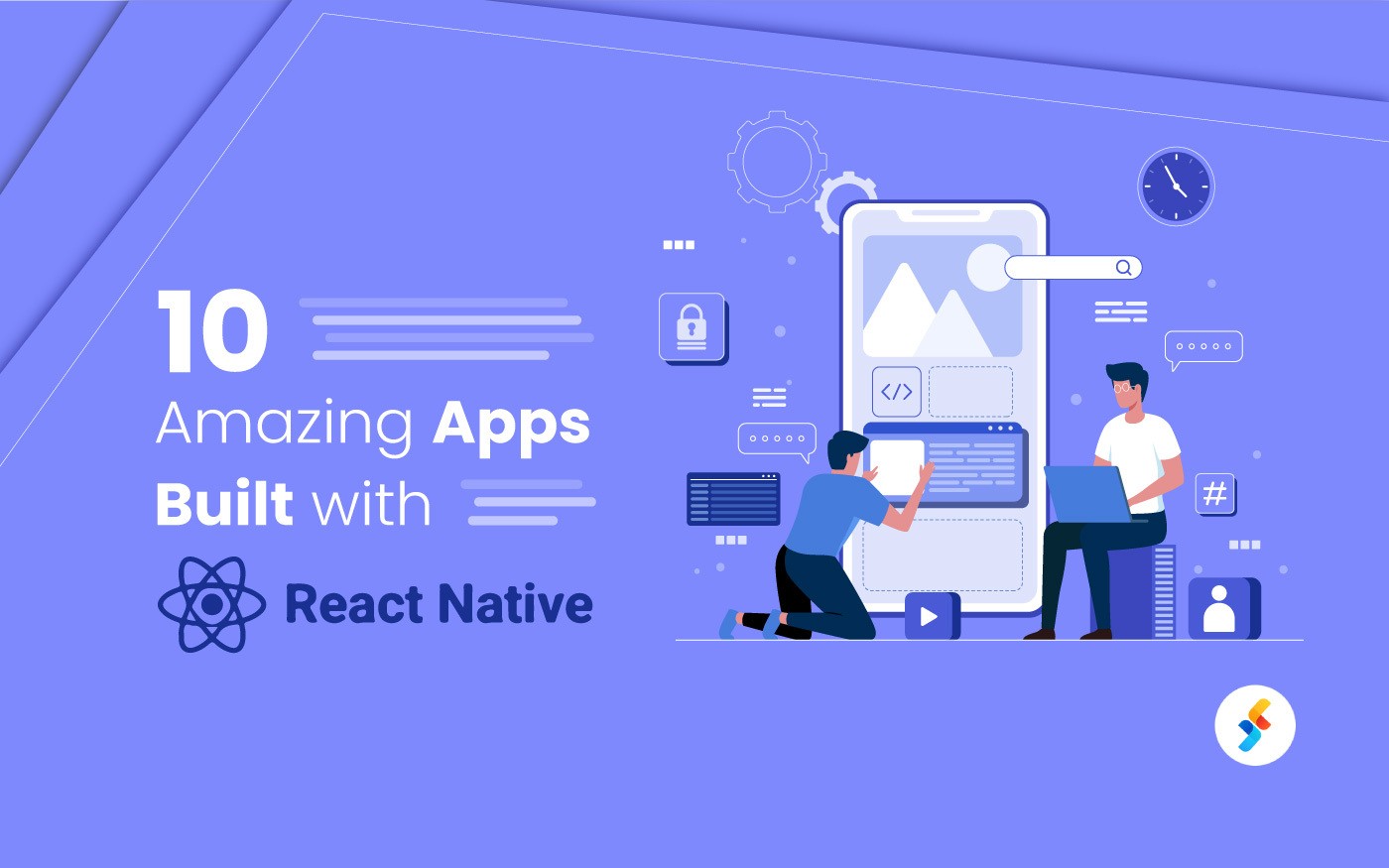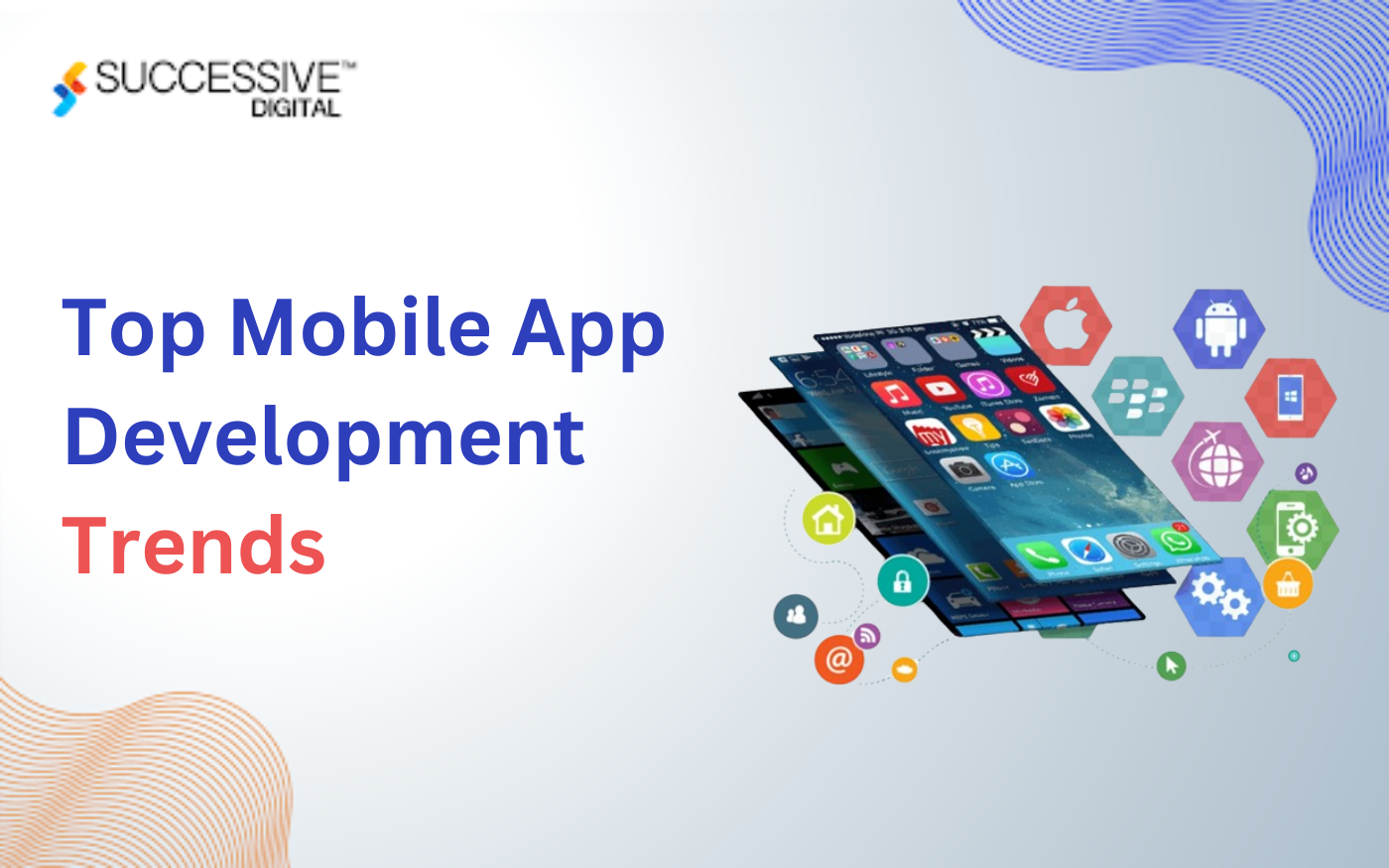When it comes to mobile and web app development, many businesses are now gravitating toward cross-platform development. The reasoning is simple: building an app for multiple platforms with a single codebase is faster and more economical.
With technology narrowing the performance gap between cross-platform and native apps, aspiring startups and well-established companies prefer a flexible framework like Flutter. These applications are built for multiple platforms and are highly interactive, robust, and consistently performing.
Flutter is Google’s open-source cross-platform app development framework and is the foundation for apps for marquee brands, including BMW, Google Pay, ByteDance, eBay, and Toyota, amongst many others.
Thousands of professional developers have voted Flutter as their programming language of choice for cross-platform development. So, what makes Flutter the top choice for building apps for web platforms?
Let’s explore.
Flutter Web App Development: How it Works?
Flutter allows you to build web applications with a single codebase and the same principles as Flutter for mobile app development but with a few adaptations. Since it follows a widget-based architecture, creating dynamic and responsive user interfaces for mobile and web platforms is easy.
The HTML and CanvasKit renderers allow you to run and build web apps, making a consistent-performance application. Thus, the Flutter web framework converts the project into native app code, a single index.html HTML file. The browser script you use will be JavaScript or C++. This framework also includes WebAssembly and WebGL, which can be used to build single—or multi-page web apps.
Due to its smooth functioning and robust security features, this framework can be used to build almost all types of web apps. Therefore, business owners use it to transform their app ideas, from social media websites to online payment apps, into reality and profitable businesses. Here are some web applications for which most brands leverage the Flutter framework, and you can, too!
- Banking apps
- Gaming applications
- eCommerce apps
- Journaling apps
- Mobile/eWallet wallets
- eLearning/ Learning Management System
- Music streaming apps
- Project management software
There are many cross-platform app development frameworks that you can use to design a web application. Which one is more suitable for your business needs and app idea? Read our blog “React Native Vs. Flutter Vs. Ionic: Which Is the Best Cross-Platform Framework?” to comprehensively compare the three frameworks and select the best one to build your web app.
Why is Flutter Web App Development the Right Choice for Businesses?
Here are 5 key reasons you should build your web application(s) with Flutter.

-
Cost-effective Development
Flutter’s most powerful capability is cross-platform app development using a single codebase. This means developers can reuse up to 90 percent of code for building apps for different operating systems, devices, and browsers.
With reusable code, enterprises can save money by hiring only one dedicated developer or team to build applications for multiple platforms. What’s more? Flutter apps are easier to maintain, reducing post-deployment maintenance costs and optimizing return on investment.
-
Multi-platform Presence
Smartphones are modern consumers’ gateways to the digital world. The smartphone space is dominated by two operating systems, iOS and Android, with the latter accounting for 70 percent of the global market share. Therefore, your web applications must provide smooth performance to users who access them from mobile devices.
With Flutter’s cross-platform app development capabilities, enterprises can build multiple apps within the budget of one, reach more users—even on the web platform, and build a much stronger and wider brand presence.
-
Rapid Time to Market
Flutter enables developers to write code faster for multiple platforms. Developers can also make adjustments more quickly with Flutter’s ‘Hot Reload’ feature. Further, a library of ready-to-use widgets means that UI development is made simpler and more rapid.
Additionally, engineers can quickly access Flutter’s vast developer community and extensive documentation to devise quick fixes for otherwise challenging issues. Expedited app development with Flutter means you can quickly take their minimum viable product (MVP) to the market.
-
Outstanding User Experience
Flutter apps are built on Dart—a programming language that supports ahead-of-time (AOT) code compilation. This means apps start up and run faster and are more secure. Flutter apps are also directly compiled into native code, so no code interpretation is needed. This means web applications run noticeably faster.
Further, a massive library of widgets and a powerful rendering engine means apps built on Flutter have expressive and stunning interfaces. Combined with optimal performance, web apps can provide outstanding and consistent user experiences on any device.
-
Highly Customizable Design
Flutter’s extensible, layered system architecture with a widget system offers easy customization. The ThemeData object, containing various properties of your theme, allows you to create a custom theme in Flutter.
You can modify various properties of your web application according to the user’s preferences, such as colors, fonts, text styles, button styles, and more. Hence, you can design a custom web application catering to your customers’ demands.
Do you want to know the features and benefits of the Flutter framework comprehensively? Read our blog “Why Use Flutter for App Development?” to understand how this Google-backed technology is reshaping the future of platform-independent app development.
How to Build and Launch an Interactive Web App with Flutter?
Building a web app with Flutter? Here’s a seven-step strategy to maximize your investment.
-
Define Your Objectives: What Do You Want to Accomplish?
Before beginning the app development cycle, it is vital to establish the goal of building a Flutter web app.
Is the app’s business objective to increase revenue, augment customer retention, improve brand awareness, collect data, or a combination of these and other factors? How will it help your users achieve their objectives?
Establishing these objectives can help you build a strong case and roadmap for app development or find alternative digital solutions, such as a well-designed website.
-
Conduct Competitive Research: What Are Other Industry Players Doing?
There are millions of existing web apps. And competitive market research can help your product stand out.
To begin with, what features do the apps of key industry players and direct competitors offer? What problems do the apps solve successfully, and where do they fail? What can you learn from user reviews and feedback?
At this stage, it can also help to speak with users of competitor apps to better understand the gap between supply and demand and how your solution can fill this gap.
-
Establish App Features: How Will Users Extract Value from Your Flutter Web App?
When outlining features for your app, value—not volume—can help your app stand out from the competition. In a bid to outdo competitors, businesses integrate their apps with features they do not need, compromising performance, overwhelming users, and ruining user experience.
Instead of building a large and complex Flutter web app that defeats its own purpose, it is vital to align core features with primary use cases perfectly. Here, the knowledge that simplicity trumps complexity can be invaluable.
-
Select a Development Path: Will the App Development Team Be In-House or Outsourced?
Flutter makes cross-platform app development easier on your budget and your development teams. However, a powerful platform is rendered useless if your company lacks the technological infrastructure for timely and economical development or if your teams lack the time or skills to do the job well.
In such a scenario, hiring an experienced Flutter app development company can help you build a remarkable app, minimize failure risk, and seamlessly launch the web application. Hence, it saves the cost of hiring and training engineers.
-
Test a Mockup: What Will Your App Potentially Look and Feel Like?
Your Flutter web app idea sounds good in theory. It is now time to validate your idea by asking your development team to build an app mockup. This step can help you visualize the final app from a UI and UX standpoint and filter out features to optimize the final user experience.
-
Develop and Test the Prototype: How Close Is the Product to Your Vision?
Your engineers will transform the mockup into a functional and dynamic prototype at this stage. This prototype is ready to undergo tests to validate app functionality and identify critical and minor issues.
It is important to keep in mind that cross-platform apps can be challenging to test, given the variety of devices and platforms they must be compatible with. Given the complexity of this process, ensure that you identify errors early on and finalize the prototype.
-
Stabilize and Deploy the App: How Will You Distribute the App to Your Users?
The testing phase will help you recognize and mitigate some major and minor bugs in your app. At this stage, developers must constantly keep improving the application until all existing bugs are fixed and user acceptability test results are green.
Once all functionality has been built and bugs fixed, your app is ready for deployment! At this stage, you must plan and implement your distribution strategy, accounting for app store approvals. Also, do not forget to monitor your app’s performance, usage, and revenue post-deployment.
Read our blog, Flutter app development guide, to know everything you need to know about building a successful multi-platform app.
Best Practices for Flutter Web App Development
During Flutter web app development, there are many parameters you need to consider to ensure best development practices.
-
Understanding the Limitations
Although Flutter is known for building consistent-performing web apps, there are multiple features and capabilities limitations that you can face during web application development. Therefore, it is essential to conduct thorough research to understand your project requirements and how you can effectively fulfill them with the Flutter framework.
-
Keeping Up with Updates
Since Flutter has a growing community backed by Google, it is constantly evolving and advancing with time. Hence, staying up to date with the latest versions and changes is crucial. It ensures you take full advantage of Flutter’s new features, offer the best possible user experience, and stay ahead of the competition.
-
Create Responsive Design
In building successful Flutter web apps, creating a responsive layout is essential. With Flutter’s capabilities to design interactive apps for various devices’ screen sizes and orientations, you can ensure that your app looks exceptional on all devices. Hence, you will be able to enhance user satisfaction with your web application, making it widely available to broad audiences.
-
Code Splitting Technique
With the code splitting technique, you can reduce a page’s initial JavaScript payloads, allowing the loading of essential code needed for the current page or feature. This process enables developers to divide your code into smaller modules that are loaded on demand, ultimately reducing the initial load time of your Flutter web app.
-
Optimize Images
The size of a Flutter app is one of the significant issues that need to be addressed during web app development. Thus, optimizing your images to reduce the size of your app is essential, ensuring better loading times. Moreover, with the flutter_image_compress Flutter package, you can compress the image size without losing quality.
-
State Management Solution
With State management, you can manage the state of your application, a crucial aspect of building complex and interactive Flutter web apps. It helps you control and update your UI’s data, creating more manageable and scalable web applications.
How Much Does Flutter Web App Development Cost?
There is no all-around answer to the question of how much an app built with Flutter will cost. Multiple factors, including app complexity, type, features, and the location of the Flutter app development company, affect the final cost estimation of developing a web app with Flutter.
Considering all such parameters, the Flutter app development cost can range from $40,000 to $250,000. This cost range can vary depending on your specific project requirements. Moreover, this is an average estimation. To know the exact cost of building a Flutter app, contact a reputed company offering custom Flutter app development services.
How Can Successive Digital Help You Build a Robust Flutter Web App?
With continuous growing popularity and a rich feature library, businesses widely accept Flutter to bring their app ideas to life. This flexible framework is proven to develop valuable and popular applications, such as Tencent Cloud Chat, Google Classroom, YouTube Create, Google Pay, and more!
Hence, as a reliable business owner, you can utilize the power of the Flutter framework to create full-fledged web apps. However, to ensure the success of your applications, you must work with a reputed Flutter app development company and gain a competitive edge.
Successive Digital has a team of professional Flutter app developers transforming your business with their extensive knowledge of the framework. With over a decade of experience, we create responsive and interactive web applications, driving high ROI and customer satisfaction.
Want to build a high-performing web app with Flutter? Contact us today!
Conclusion
Determining a clear strategy before beginning the app development process is crucial for successful Flutter web app development.
Building a web app with Flutter is a complex process. From ideation to implementation, it can be filled with challenges, even with a powerful and reliable framework like Flutter.
Businesses must create a clear plan of action and seek the assistance of experienced professionals to reduce the risk of failing to build a successful product—or worse, releasing a flawed product. This can help them create an app that extends their brand and puts users at its core.
Frequently Asked Questions
Flutter framework is flexible and fast, allowing you to create apps for multiple platforms using Dart, a simple and easy-to-learn programming language. Hence, it offers various benefits, such as:
- Faster results
- Fewer developers needed
- Lower development costs
The application development process has various steps that affect the total time it can take to develop an app with Flutter, such as:
- Requirement gathering and competitor analysis
- Prototype and wireframe designing
- Application development and third-party API integration
- Testing and Quality Analysis
All these steps and the application’s complexity level significantly influence the total app development time. A simple app, i.e., an MVP version, can be developed in 2-4 months. A full-fledged Flutter application with additional features can take 10- 15 months to build.
The cost of building an app with Flutter depends on factors like complexity, features, types, and various other parameters. Considering them, creating an application with Flutter can cost anywhere from $40,000 to $250,000.












